Key ESG Metrics for Choosing the Right Suppliers


Key ESG Metrics for Choosing the Right Suppliers
Struggling to choose suppliers that align with your ESG goals?
With 90% of a company’s environmental impact tied to its supply chain, your vendor choices matter more than ever.
This article outlines 12 ESG metrics to help you bring environmental, social, and governance priorities into procurement.
Want suppliers who check the compliance boxes and bring extra value to the table?
Then, let’s dive right in.
Environmental metrics are crucial for understanding suppliers’ environmental impact and commitment to sustainability.
Tracking total greenhouse gas (GHG) emissions per supplier is essential for managing and reducing your company’s carbon footprint.
While many organizations have focused on emissions from their own operations, research shows that the vast majority—often over 90%—stem from Scope 3 emission sources, which include the supply chain.
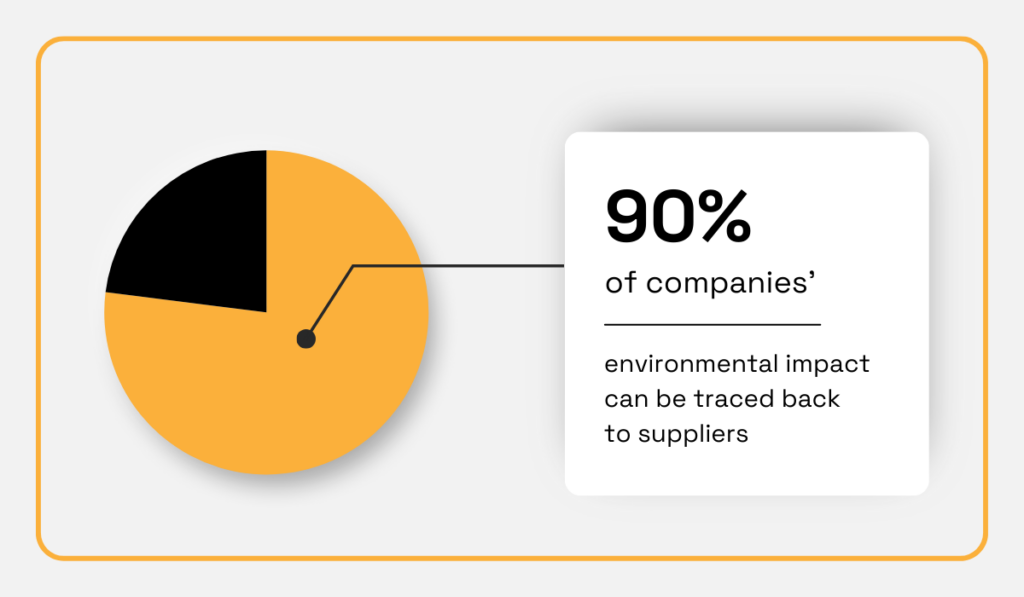
Illustration: Veridion / Data: McKinsey
New regulations increasingly require transparent reporting of these indirect emissions.
According to the GHG Protocol, these disclosures should include:
This is critical in high-impact sectors like energy and agriculture, but all organizations benefit from establishing a supplier emissions baseline.
This step helps you uncover emission hotspots and facilitates targeted supplier engagement.
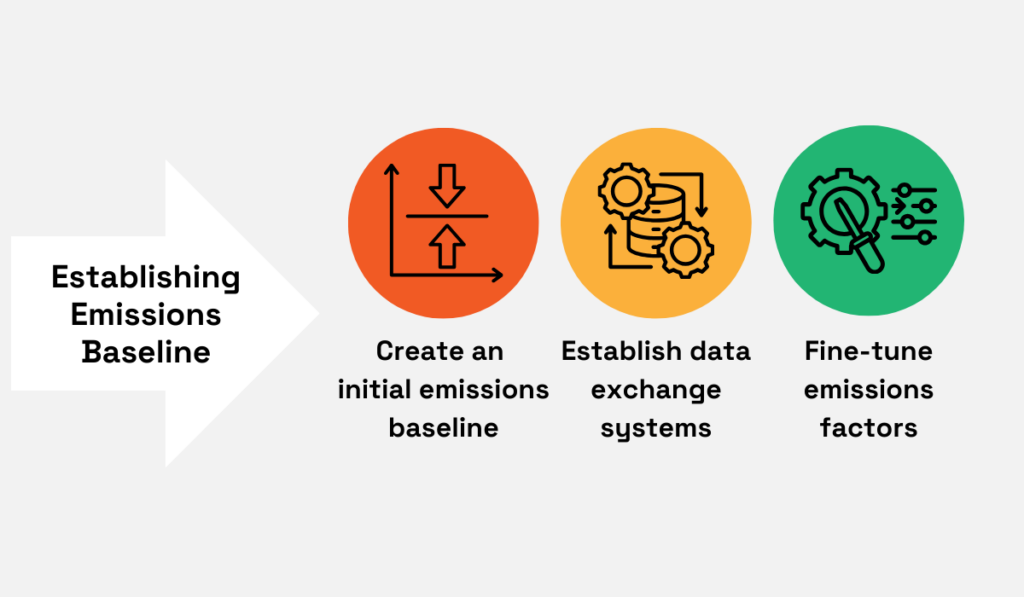
Illustration: Veridion
By adjusting emission factors based on actual supplier data, you gain a more accurate Scope 3 baseline, which, in turn, ensures better alignment with your sustainability objectives.
Evaluating a supplier’s energy consumption gives you a clear view of their operational efficiency and environmental impact.
Lower energy use typically correlates with reduced GHG emissions, stronger sustainability practices, and higher energy efficiency.
In fact, energy efficiency is often the foundation for broader decarbonization efforts and a critical first step before introducing more advanced technologies.
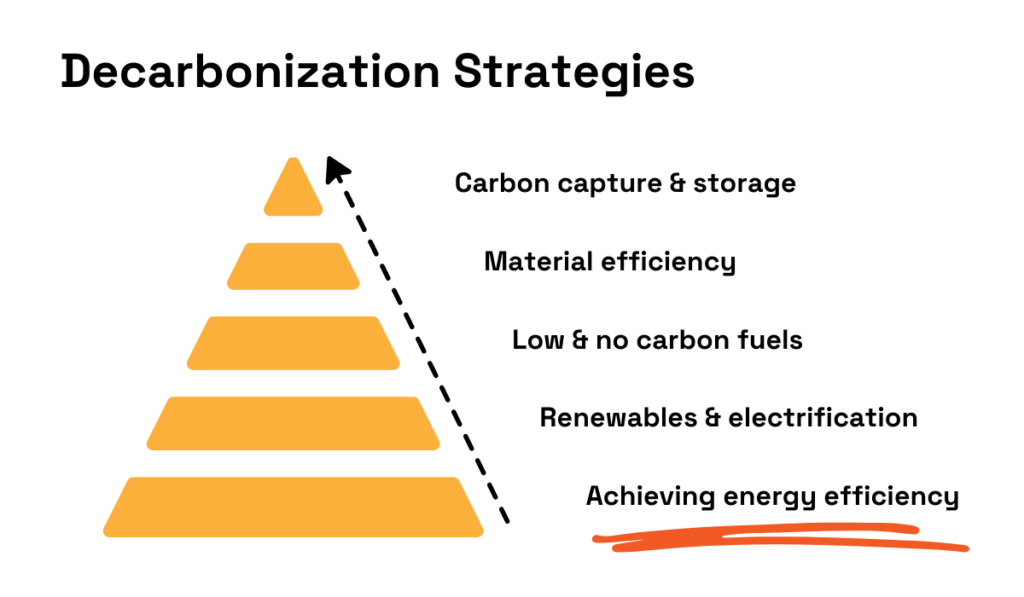
Source: Veridion
After all, the source of energy matters as much as the amount.
Suppliers powered by renewables like wind or solar typically have a smaller environmental footprint than those relying on fossil fuels.
That’s why it’s important to go beyond energy consumption and conduct a more thorough supplier assessment.
To evaluate this metric, request:
Certifications that track year-over-year usage are especially helpful for spotting trends or improvements.
And in some regions, regulatory shifts are making energy data more accessible.
For example, from October 2024, UK non-domestic energy suppliers must provide detailed usage data to SME customers, increasing transparency across smaller suppliers.
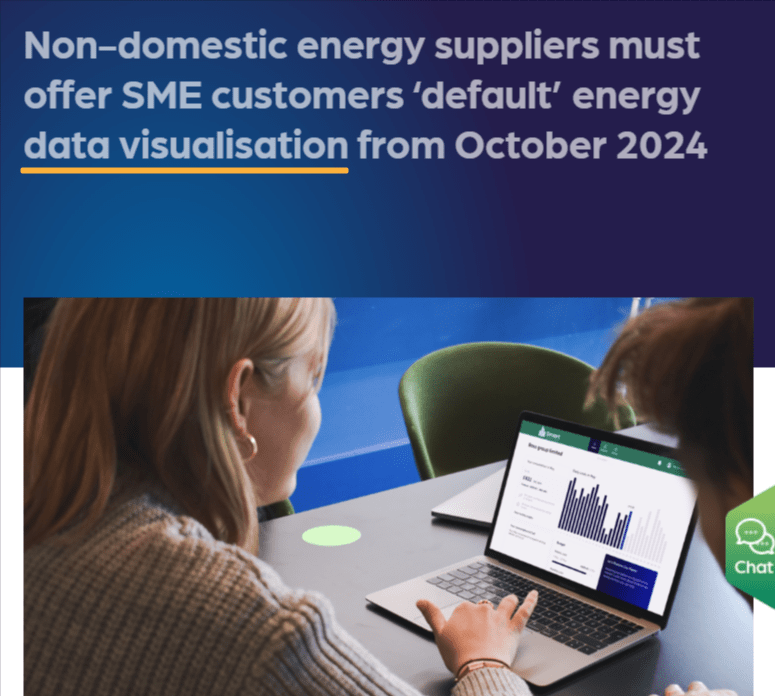
Source: SMS
The bottom line is that this metric helps you prioritize vendors who not only monitor their energy use but also actively invest in energy-efficient technologies and renewable sources.
Efficient water use signals environmental responsibility—and with freshwater scarcity growing, it’s critical to assess how suppliers manage this limited resource.
Instead of simply asking how much water a supplier uses, companies need to differentiate between different types of water footprints and their impact.
Organizations like the Water Footprint Network champion context-based water usage metrics to help provide a clearer picture:
| Blue Water Footprint | Amount of surface and/or groundwater required to produce an item. |
| Green Water Footprint | Amount of rainwater required to produce an item. |
| Grey Water Footprint | Amount of freshwater required to dilute the wastewater generated during manufacturing. |
On the other hand, Unilever evaluates water use through the lens of environmental impact and local community needs.
Their Sustainable Agriculture Principles set expectations for suppliers to monitor and manage water use responsibly.

Source: Unilever
Companies can adopt similar practices by setting water usage targets, offering training, or co-developing water-saving initiatives.
Of course, your initial screening determines which supplier partnerships would be most beneficial for building resilience and reputational value across the supply chain.
Suppliers’ waste management practices are another key ESG metric, indicating both environmental responsibility and operational efficiency.
Basic reporting covers the amount of generated waste and how much is recycled or diverted from landfills.
GRI 306 requires companies to report the total weight and composition of waste, as well as provide relevant context for interpreting data and understanding how it’s collected.
There are also self-assessment questions you can pose to suppliers, such as:
The waste management hierarchy, illustrated below, can help you determine how progressive a supplier’s approach really is and whether it matches your expectations and objectives.
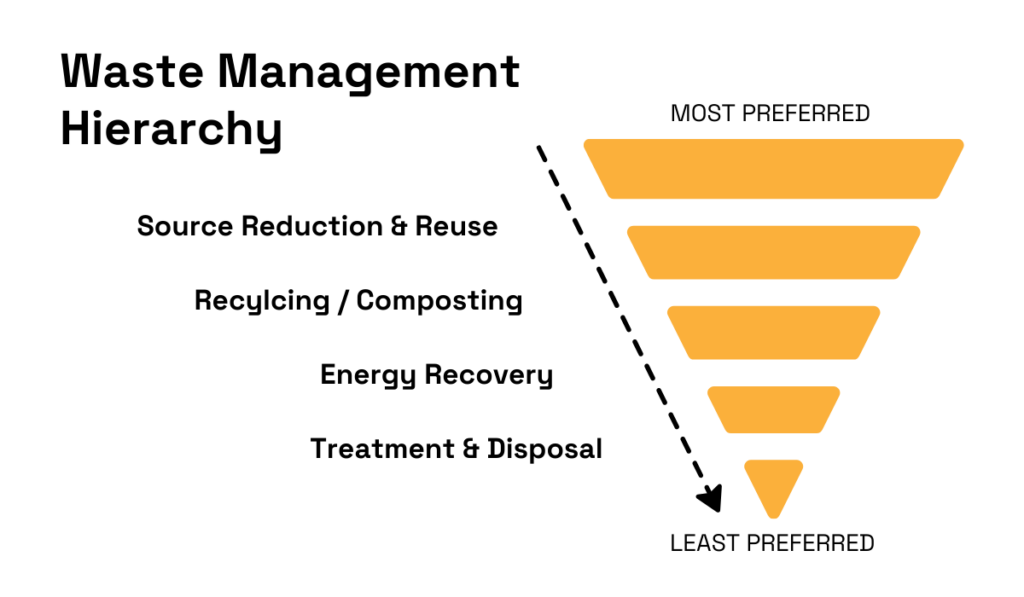
Source: Veridion
More advanced suppliers will work toward reducing waste at the source and implementing the principles of circular economy.
Remember: Tracking this metric gives you insight into a supplier’s environmental impact but also into how actively they seek long-term efficiency.
This set of ESG metrics covers the social dimension of supplier operations, from their labor practices to ways of achieving broader societal impact.
Evaluating adherence to fair labor standards ensures that suppliers uphold fundamental labor laws and human rights.
Companies working with suppliers that have poor track records in this department risk reputational damage and legal exposure.
One such example is Dior, which faced legal scrutiny in Milan over working conditions in its supply chain.

Source: Le Monde
The court lifted its restrictions only after Dior revised its organizational model and implemented proper supplier oversight procedures.
While baseline compliance—like wages and safety protocols—is relatively easy to verify, more nuanced indicators, such as nondiscrimination policies or equal opportunity efforts, are harder to measure.
As highlighted by Anywhere Sikochi of Syracuse University, many companies adopt ESG policies to improve their scores, but that doesn’t always translate into meaningful action.
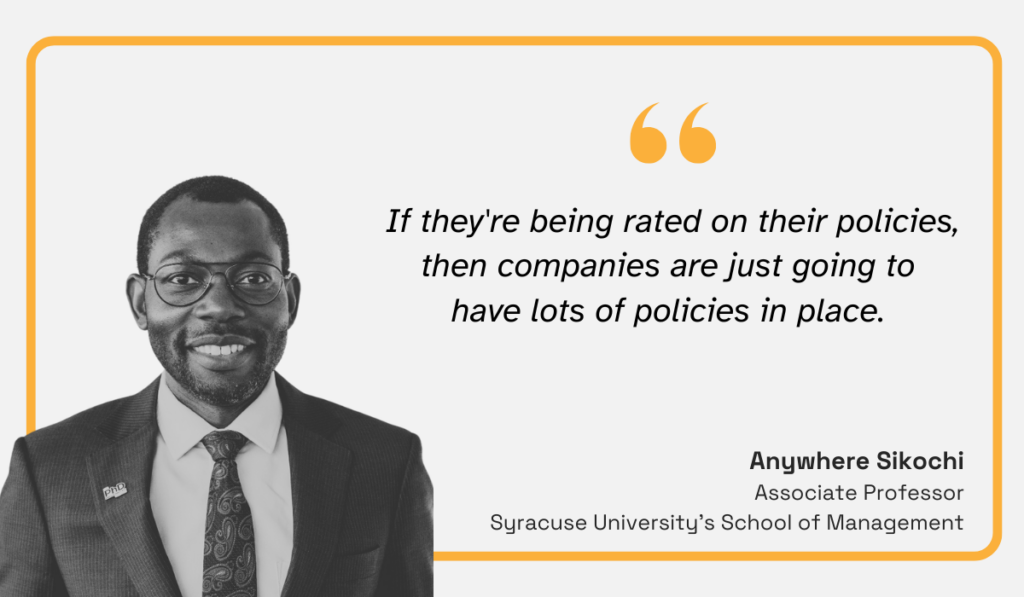
Illustration: Veridion / Quote: HBS
So, how do you differentiate between what’s for show and what’s real commitment?
Simple, that’s where platforms like Veridion come in.
Veridion’s expansive ESG data on over 120 million suppliers worldwide can help uncover early signals of risk, including inconsistencies between supplier claims and actual labor practices.
An in-depth, data-driven probe like that enables companies to engage with suppliers more confidently.
Assessing the diversity within a supplier’s workforce and their inclusion policies goes beyond ensuring regulatory compliance and protecting your reputation.
This ESG metric is also tied to measurable business outcomes.
Nearly half of the companies surveyed by JAGGAER in 2021 cited supplier innovation as the top benefit of their diversity programs, while other studies highlighted improved adaptability and stronger employee retention across the supply chain.
When it comes to practical evaluation, it’s necessary to look beyond surface-level commitments.
Hillary Jewhurst, Head of Third-Party Risk Education & Advocacy at Venminder, recommends simple, targeted questions that uncover real efforts.
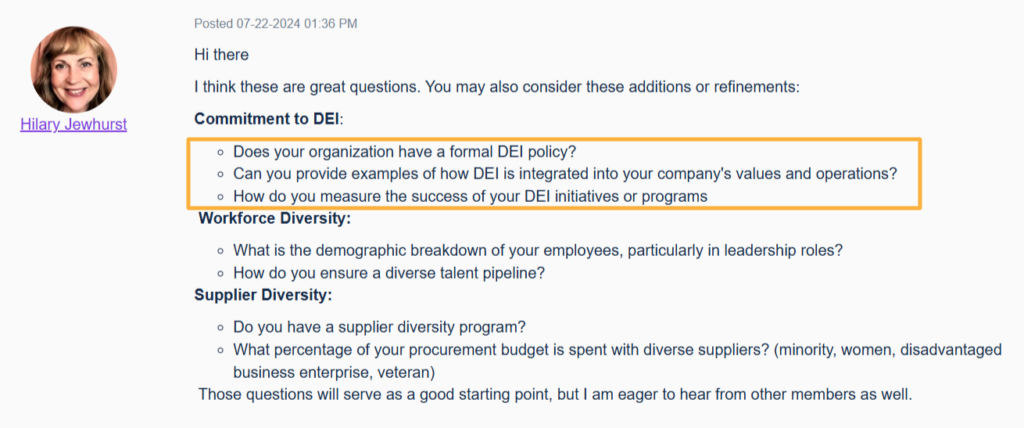
Source: Third-Party Think Tank
It’s also important to note that the momentum around DEI seems to be holding steady despite political headwinds.
According to Littler, 47% of executives say their company’s DEI commitments will either remain unchanged or grow in 2025.
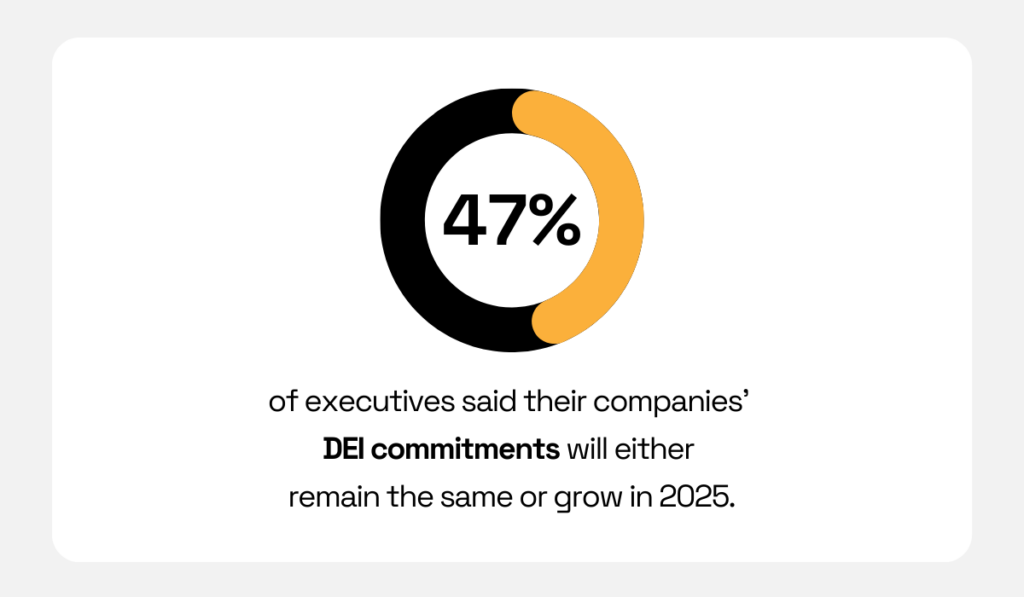
Illustration: Veridion / Data: Littler
With only 8% of leaders seriously considering changes to their DEI policies, this isn’t a metric you can overlook when choosing suppliers.
Understanding how suppliers contribute to local communities signals their commitment to social responsibility beyond business operations.
Community engagement is a core element of Corporate Social Responsibility (CSR), and when embedded in supplier operations, it can foster long-term resilience, build trust, and strengthen your company’s reputation.
As such, it’s vital to ask suppliers to outline their community efforts during the vendor selection or onboarding stages.
These efforts may include:
Keep in mind that these activities should also be included in regular reporting to ensure ongoing transparency and alignment.
Suppliers’ digital footprint can also offer valuable insights.
For instance, illy’s website clearly outlines its guiding principles and provides detailed updates on community initiatives, showing how purpose is integrated into practice.
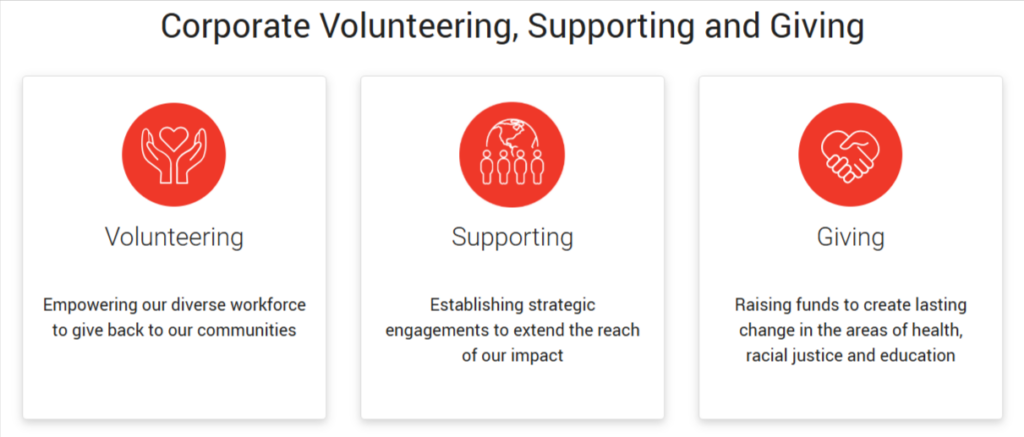
Source: illy
In short, suppliers that engage with and uplift their local communities are more likely to align with your ESG values, as well as strengthen your brand through association.
Reviewing the implementation of health and safety protocols ensures that suppliers prioritize the well-being of their employees and maintain safe working environments.
Effective health and safety standards reduce operational risks, making them vital for protecting employees but also ensuring legal compliance.
Moreover, companies that fail to meet these standards may face legal liabilities and reputational damage.
Besides strict regulations, OSHA guidelines outline practices such as hazard identification, employee training, and continuous monitoring of safety procedures to enhance overall workplace safety.
As seen in the snippet below, Walmart’s supplier standards align with these core recommendations, helping to ensure ongoing compliance and mitigate potential disruptions.

Source: Walmart
All in all, by conducting on-site audits and monitoring supplier health and safety standards, businesses can protect workers, minimize risks, and build stronger, more compliant relationships with suppliers.
Diving into your suppliers’ governance practices allows you to assess transparency, ethical conduct, and accountability in their operations.
This ESG metric evaluates company policies and actions toward combating corruption and upholding ethical business practices.
Suppliers with strong governance practices adopt effective anti-corruption policies, which are essential for safeguarding against bribery, embezzlement, and more subtle forms of unethical influence.
A prime example of good governance is Sika Group, which enforces a strict zero-tolerance policy towards bribery and corruption.
Sika’s Supplier Code of Conduct prescribes that all suppliers must comply with the standards outlined in the policy, including:
The company’s confidential, web-based tool for reporting serious misconduct reinforces its commitment to ethical business practices.
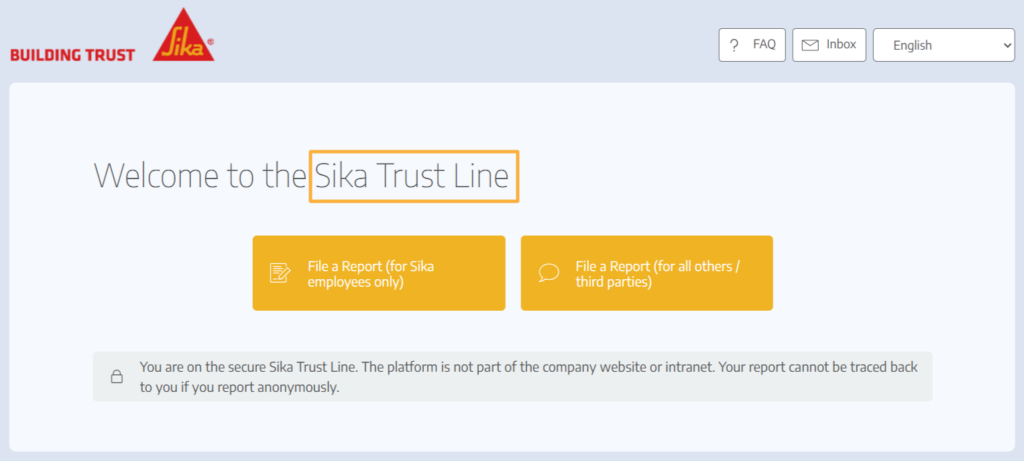
Source: Sika Trust Line
Your supplier of choice doesn’t necessarily need to have a dedicated whistleblowing tool in place.
However, robust anti-corruption measures and a dedication to fostering an environment of accountability are essential for mitigating risk and maintaining legal compliance.
Evaluating the composition of a supplier’s board reveals the inclusivity of their decision-making and leadership.
A diverse board brings a range of perspectives, which can enhance decision-making and indicate greater innovation potential.
Board diversity is typically self-reported and goes beyond gender to include criteria such as age, ethnicity, disability, sexuality, education, cultural background, and professional experience.
To verify and track this information more effectively, you can request standardized diversity disclosures during supplier onboarding or annual reviews, or reach out to ESG data providers.
Keep in mind that diversity disclosures are often regulated to ensure transparency and accountability in corporate governance.
For example, the UK’s Financial Conduct Authority (FCA) introduced listing rules in 2022 requiring companies to disclose board diversity and meet three distinct criteria.
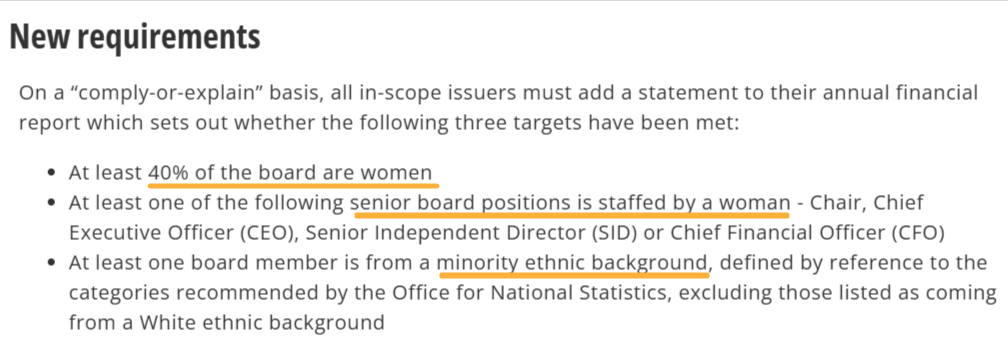
Source: KPMG
The FCA’s requirements also include numerical disclosures on gender identity and ethnic diversity across the board, senior leadership, and executive management.
Of course, this is just one aspect of broader regulatory compliance, which we’ll explore next.
Ensuring that suppliers comply with relevant laws and regulations minimizes legal risks and demonstrates a commitment to lawful, responsible operations.
While industry standards matter, they already receive plenty of attention, while real vulnerabilities often stay unaddressed.
As such, true compliance should be measured against specific legal and regulatory requirements, particularly in high-stakes areas like cybersecurity and data privacy.
With nearly half of companies reporting third-party-related business interruptions in 2023, make sure your ESG evaluations require suppliers to share:
You can also require specific safeguards.
Multi-factor authentication (MFA), for instance, is now considered a baseline security measure that blocks 99.9% of automated credential-based attacks.
Depending on the industry, MFA may also be a regulatory requirement.

Source: TrustBuilder
Ensuring your suppliers adopt and can prove they’ve adopted specific measures signals a proactive stance on cybersecurity and regulatory compliance while reinforcing strong supplier relationships.
This final metric evaluates how openly suppliers disclose financial, operational, and ESG-related information.
Transparency signals accountability and reliability in a business partner, and these are the indicators to be on the lookout for.
| Transparency indicator | How it’s demonstrated |
| Consistent reporting | Shares regular updates, showcasing both positive and negative trends |
| Accurate, validated data | Prioritizes data quality and ensures verification through internal or third-party checks |
| Alignment with key frameworks | Uses reporting frameworks that capture the most relevant standards and metrics |
| Easy access | Makes reports readily available to stakeholders or the public via websites or portals |
You can also check whether suppliers use dedicated platforms that help maintain transparency.
For example, the ESG Book’s platform caters to companies that want to streamline reporting through automated disclosure features.
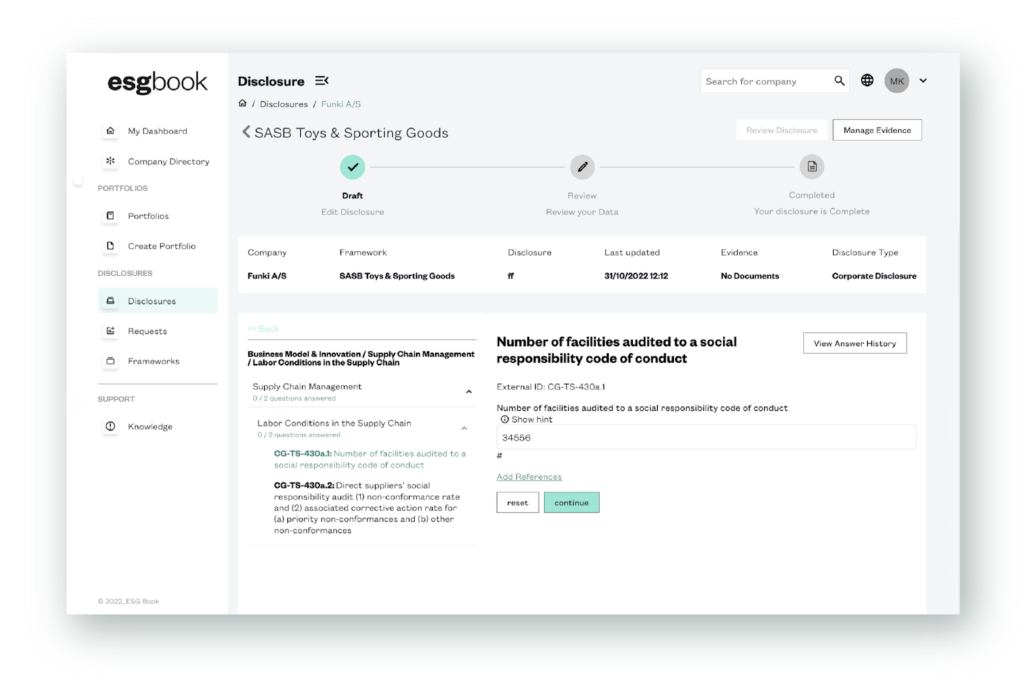
Source: ESG Book
The software supports consistent, framework-aligned reporting, but even without it, a supplier’s clear effort toward transparency fosters trust and sets the tone for successful, long-term collaboration.
The truth is, your choice of suppliers can either ease or complicate existing ESG challenges.
If you’re aiming for the former, know that the metrics shared here are just the beginning.
Driving meaningful change—and partnering with suppliers who truly align with your objectives—requires accurate, measurable data behind every decision.
When backed by clear benchmarks and reliable reporting, ESG stops being a checkbox exercise and drives high-impact procurement instead.
Take the time to refine your procurement processes and enrich your supplier data, and you’ll start seeing results sooner than you think.